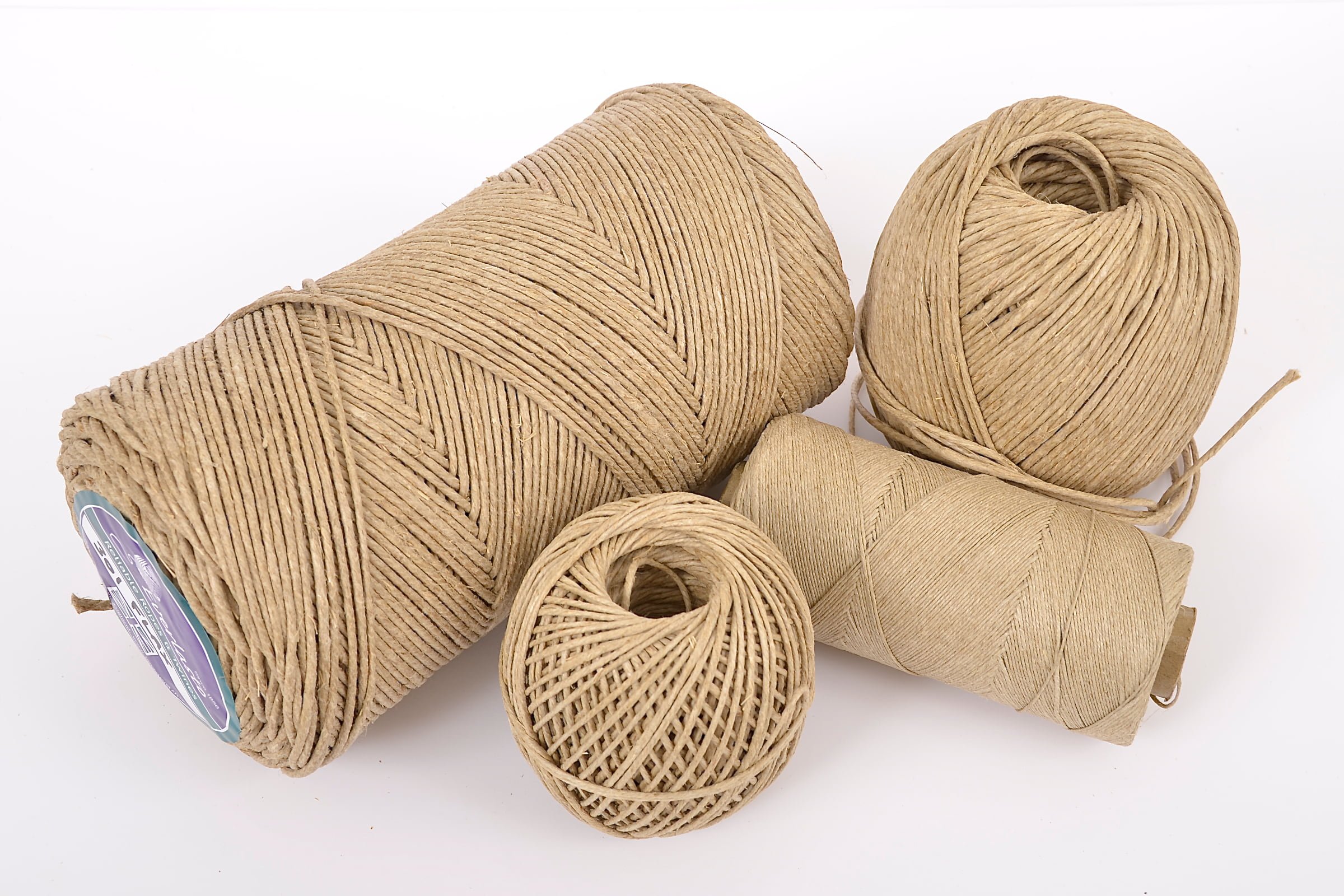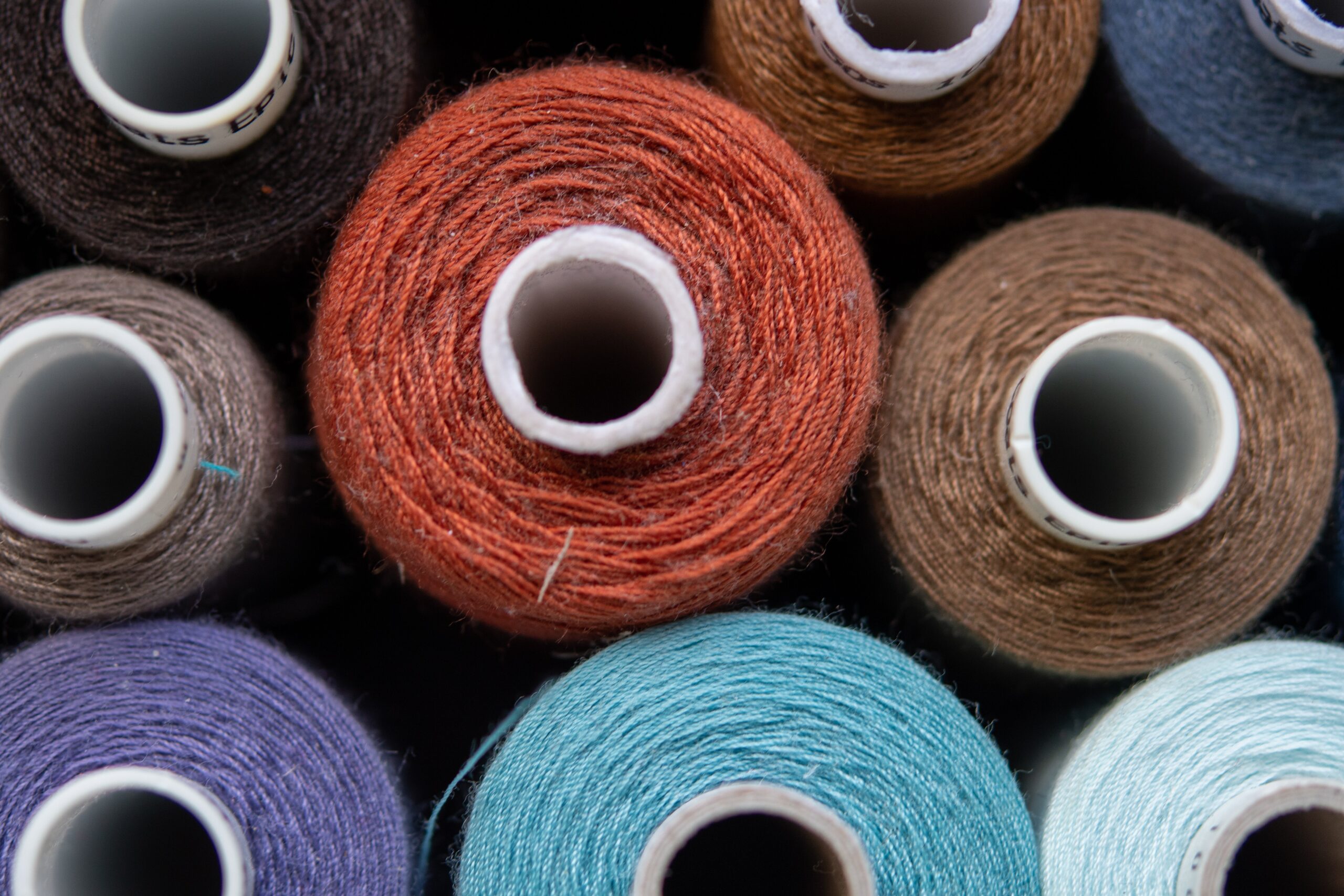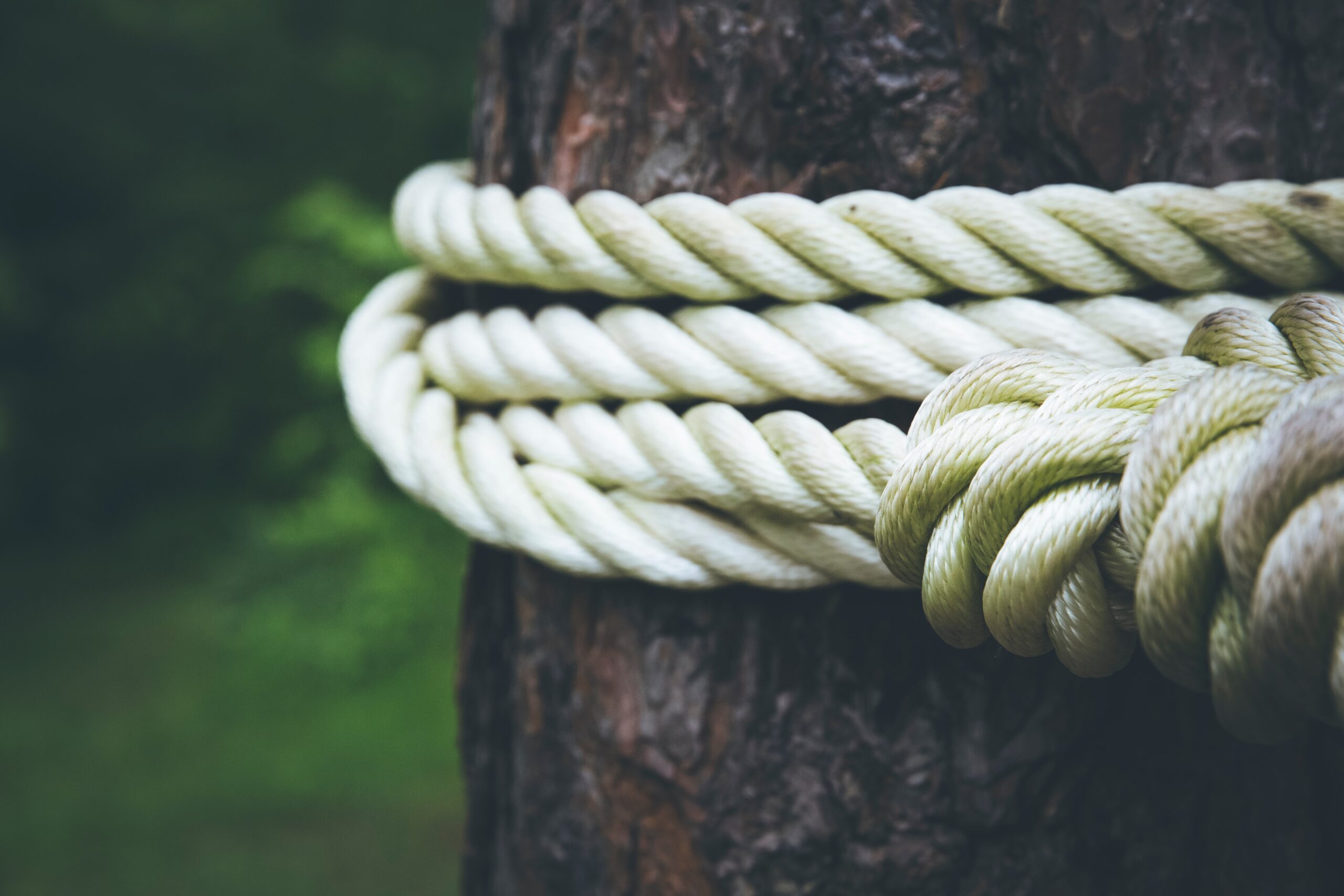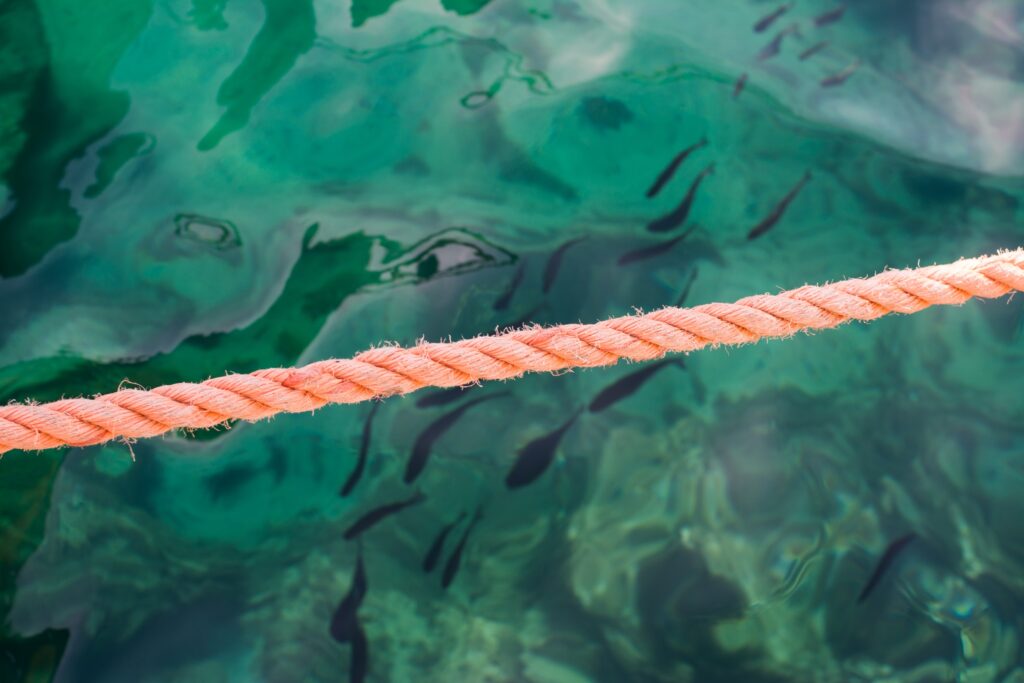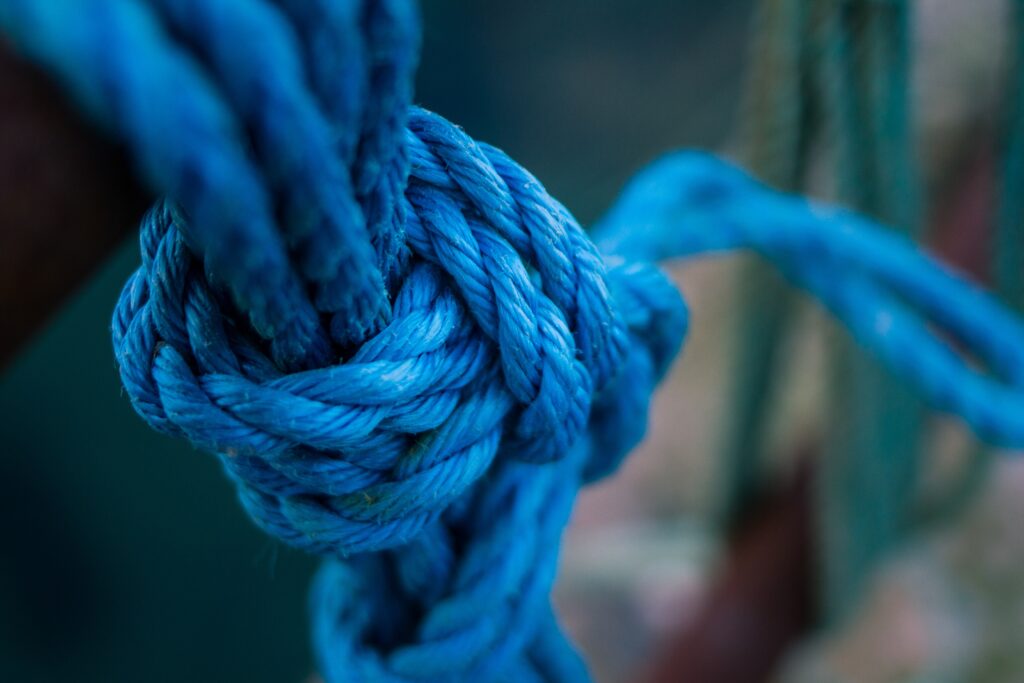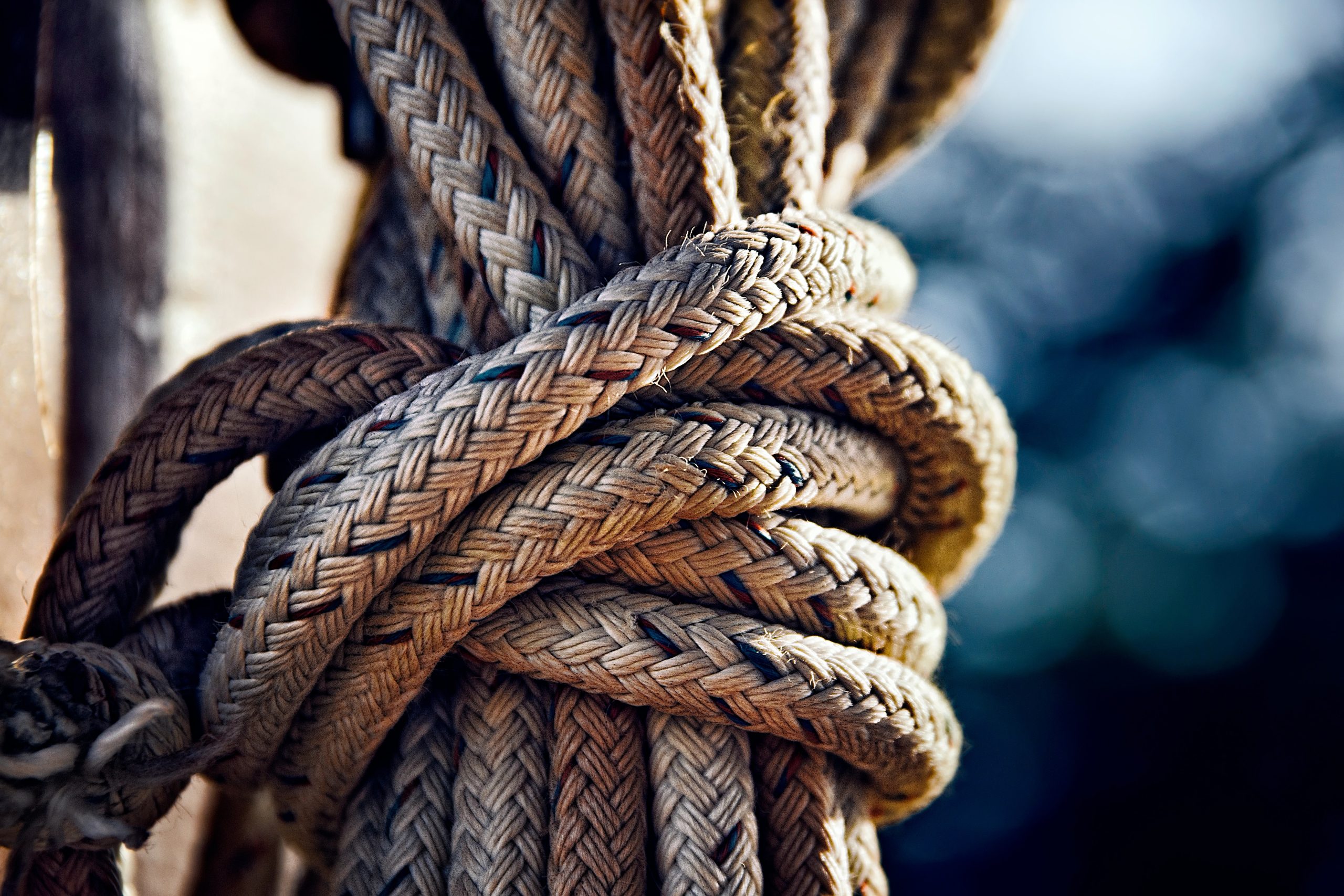
It’s only natural that your ropes will begin to fray over time as a result of normal wear and tear, which occurs when the small woven fibres they’re made up of begin to slowly unravel. Whilst this is incredibly irritating, this doesn’t mean you need to get rid of your rope. They’ve still got plenty of life left in them yet, and their longevity can be enhanced through a number of easy methods.
So if you have frayed rope (whether that’s natural or poly rope) that you want to recover, we’ve listed out all the best ways to stop rope from fraying, so you can use it for longer! Discover which is the most appropriate for you, as we list the best ways to stop a rope from fraying.
What is your rope made of?
Before you decide on the best anti-fraying method to use, you must start by determining your rope’s fibre – for example, is it a natural fibre, or is it man-made? Using the wrong method could be potentially dangerous, and it could end up destroying your rope all together, which you definitely don’t want.
If you have a natural rope, for example: jute, cotton, or hemp, it’s important to be careful when using these techniques as they could burn up entirely. With this in mind, always act with caution before attempting any of the following methods.
What is the best thing to cut rope with?
We recommend using a sharp knife over scissors, however, we also always advise safety first. If you only have scissors to hand or feel uneasy about cutting rope with a knife, then always stick with the safest option.
How to splice the end of a rope to stop it from fraying
Splicing is a way to secure the end of a rope, without having to knot anything in place. Although knotting is a method used to prevent fraying, it affects the appearance of the rope, alongside reducing overall strength. In contrast, splicing only decreases the rope’s strength by around 10% (or less), ensuring that the original properties of the rope are maintained.
You can choose whether to create a soft or hard splice (the latter being done with a galvanised metal thimble), both of which use the same method of the rope being looped back on itself, with the loose ends being interwoven neatly into the standing rope. Splicing will stop the end of a rope from fraying, and it won’t impact on its appearance.
Here are the steps you can take to splice the end of a rope:
1. Unravel the end
You’ll need to unravel the end of the rope that’s already showing signs of fraying or damage. After this, trim off the unravelled ends with a sharp knife or some scissors to give it a nice, clean-cut edge.
2. Tape the end
We cover how to tape the end of a rope in a little more detail later on. But essentially, you’ll want to wrap some tape around the rope’s end. You can usually stop at this point if there’s not much excess, however, follow the next few steps to give your rope a better chance of longevity.
3. Measure out how many splices you’ll need
You’ll need to tuck back some of the rope to create a splice, but the length will depend on what you’ll use it for.
4. Unravel the required amount of rope
Unravel the three strands of the rope to the desired splice length. Make sure to keep the strands separate and avoid tangling them together – which can be troublesome if the rope material is especially thin.
5. Tuck the strands in
After measuring your splice length, tuck back each of the three strands of rope. Typically, this will follow the path of the rope’s weave. Read more about how rope is made in our comprehensive guide to find out all about the different types of rope.
6. Tighten the splice
Once all three strands are tucked back into your rope, tighten the splice by pulling on the rope to remove any slack and ensure a secure fit. Do this gently to ensure you don’t cause any unnecessary damage.
7. Trim off the excess rope from the splice
Trim the excess rope ends as close as possible to the splice, being careful not to cut into the splice itself – this is the last thing you want after your hard work!
8. Heat-seal the ends
If you’re working with synthetic rope, you can use a heat source (e.g. a lighter or heat gun) to melt and seal the ends of the rope strands. This prevents fraying and provides extra security. Be careful when handling any sort of fire!
How to whip the end of a rope
Whipping is the traditional method used to stop a rope from fraying, and the technique is just as easy as it is effective – particularly where natural ropes are concerned. For this, you’ll need to snip off the part of the rope that’s fraying, then arm yourself with a strong piece of cotton string or twine, using this to loop around the rope. Secure this in place by wrapping the string tightly around the rope several times until the whipping is as wide as the rope is thick. Once you’ve reached this point, slip the end of the string through the loop, pulling everything tightly, and snip off any excess. This will stop a rope from fraying.
If you’re wanting to use a synthetic rope for this method, just remember to fuse the strands together with heat. However, this shouldn’t be done for natural rope, otherwise you’ll end up burning the ends.
How to attach a rope end cap
Plastic end caps can be used to stop a three-strand natural rope from fraying, being a durable method that’s most commonly used for heavy duty applications. Once heated up, these caps begin to shrink, moulding themselves around the frayed end of a rope to bind the loose fibres back together. This will secure the ends and keep the rope from fraying
How to heat seal a rope
Heat sealing is a great binding technique for synthetic fibres, so for those dealing with polypropylene or polyethylene ropes, you’re in luck! All you’ll need for this method is the frayed end of your rope, protective gloves, and something to generate heat with – blow torches, candles or cigarette lighters are all possibilities. Holding the rope around 5-6 inches above the flame, begin to lower it down slowly until you start to see the ends melt. Again, this method shouldn’t be used for natural fibre ropes, otherwise you’ll singe the ends. Keep a rope from fraying through heat sealing.
How to hot knife a rope
A hot knife works by cutting through your synthetic rope, melting the ends and binding everything together in the process. After placing on a heat resistant surface, slowly cut through the rope using controlled movements to move the blade black and forth. In doing this, the once frayed section of your rope will be nowhere to be seen.
How to tape the end of a rope
Taping the ends is an alternative to applying heat directly onto a natural rope (which should never be done). Using electrical tape as a barrier, wrap this several times around the end of your frayed rope until the area is completely covered. Then, grab a lighter and begin to carefully melt the edge of the tape, binding it to the rope for a permanent bond. Now your rope won’t fray.
With so many different anti-fraying methods to use, you can ensure that your rope – regardless of the fibre – will last you for years to come. Why not explore our range of ropes and twines today to add to your collection? Get in touch with a friendly member of our team to discover the right materials for you.




